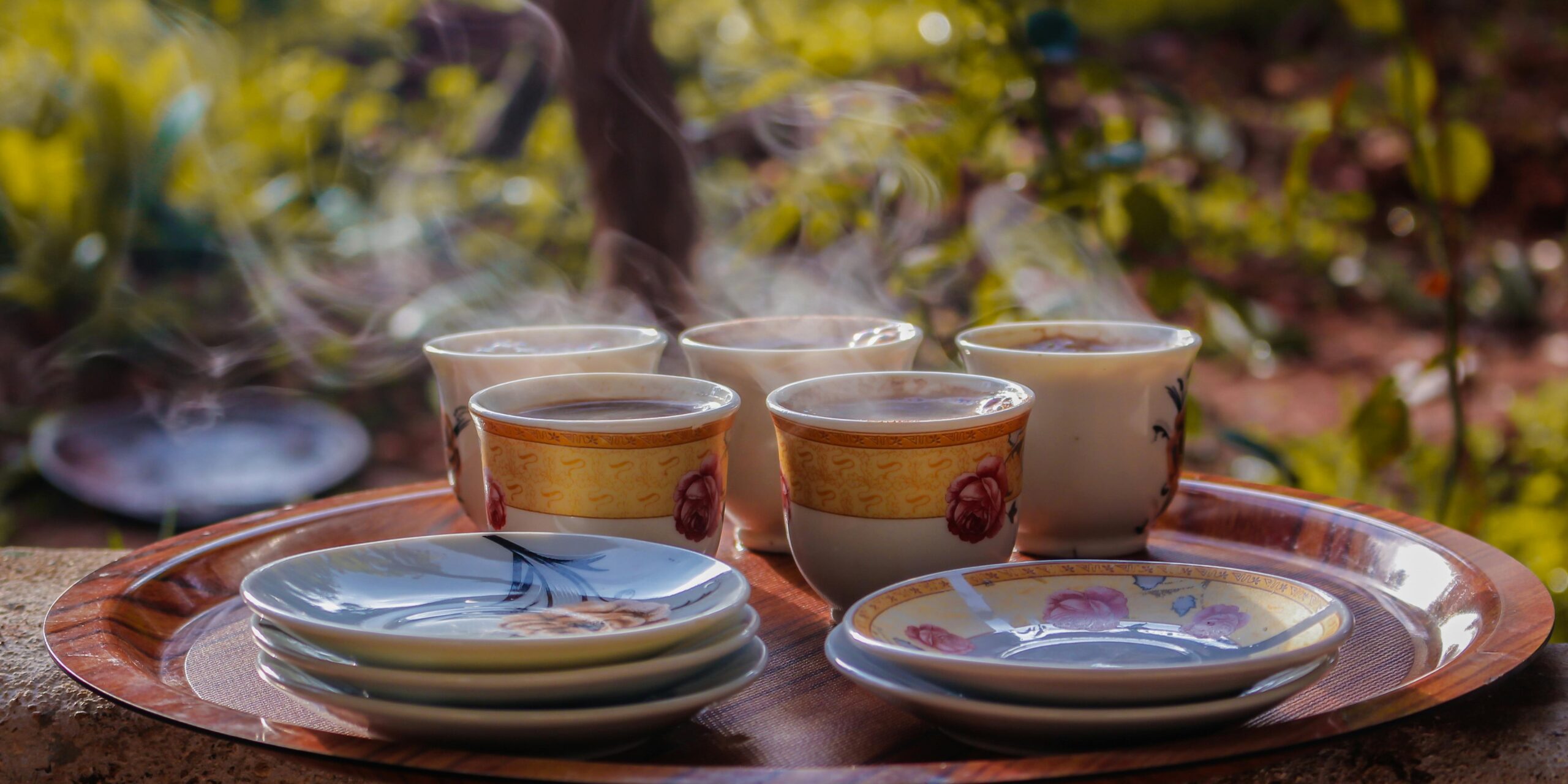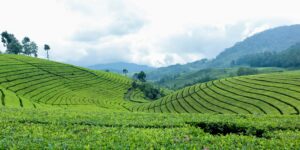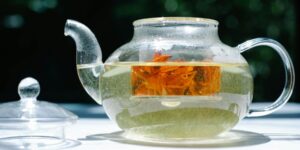As one of the most popular drinks in the world, tea has cultural connotations and long-standing traditions that vary from country to country, forming a rich and colorful tea culture phenomenon. Tea culture around the world is not only about drinking and making tea, but also a cultural expression that is deeply connected with social interaction, etiquette, philosophy and art. This article will take you to understand the tea culture of different countries and regions, including its historical origins, tea drinking customs, production processes and its significance in contemporary society.
1. The Origin and Development of Tea
Originated from China, tea has a history of more than 5,000 years and is an important part of Chinese civilization. According to legend, Emperor Yan Shennong discovered the medicinal value of tea when tasting hundreds of herbs and used it to detoxify. After that, tea culture gradually developed and spread to neighboring countries. Driven by the Silk Road and maritime trade, tea began to go to the world and evolved into a unique tea culture in various countries, giving tea a new meaning.
2. Characteristics of tea culture in various countries
1. Chinese tea culture
China is the birthplace of tea, and tea culture has a long history. There are many varieties of tea in China, including green tea, black tea, oolong tea, white tea, yellow tea, etc. The custom of drinking tea usually emphasizes etiquette and atmosphere. Traditional tea art performances not only focus on the quality of tea, but also show every detail and beauty of the brewing process.
The etiquette of tea includes customs such as serving tea and dividing tea, which is especially important in family gatherings, weddings and other occasions. Chinese famous teas such as Longjing, Pu’er and Tieguanyin are not only loved by domestic consumers, but also enjoy a reputation in the international market.
2. Japanese tea culture
Japan’s tea culture was influenced by China, but gradually formed a unique style. The most representative tea in Japan is matcha. As the core of the tea ceremony, matcha is made using special grinding technology and has a strong flavor and rich nutritional value.
The tea ceremony (Cha no Yu) is a ritual that emphasizes inner tranquility and harmony. The tea ceremony is not only about drinking tea, but also a philosophy of life that emphasizes the harmony between man and nature, self-cultivation and aesthetic taste. Through the process of brewing tea, serving tea and tasting tea, the pursuit of details and the awe of life are all reflected.
3. British tea culture
The British tea culture began in the 17th century. With the expansion of trade, tea gradually became a luxury for the upper class. In the 18th century, tea became popular in British society, forming a unique “afternoon tea” culture.
Afternoon tea is usually served between 3 and 5 pm, accompanied by various snacks such as sandwiches, cakes and scones. Elegant tea sets and exquisite meals add a lot of interest to social occasions. British black teas such as Darjeeling, Assam and Ceylon tea have become the mainstream choice for afternoon tea.
4. Indian tea culture
India is one of the world’s largest tea producers, especially famous for Assam and Darjeeling tea. Tea in India is usually consumed in the form of “masala chai”, which is tea brewed with spices and milk. This drink is rich and fragrant, reflecting the rich cultural connotations and diverse eating styles.
Tea in India is not only a drink, but also a medium for socializing. People often make tea at family gatherings or when friends get together to enhance communication and emotional resonance with each other. At the same time, tea planting and development in India also provide important support for the local economy.
5. Russian tea culture
Russian tea culture originated in the 17th century, and large samovars were usually used to heat water. In the cold winter, hot tea became a necessity for people to keep warm and relax.
Russians usually like to drink tea with condiments such as jam and lemon, and tea has a strong social nature. At family gatherings or gatherings with friends, people will sit around the samovar, sip tea, chat, and share bits of life.
6. Middle Eastern tea culture
In Arab countries, tea (such as mint tea and black tea) is a symbol of hospitality. Drinking tea is an important way to socialize and entertain guests, and it is usually served in small cups for frequent refills.
Arab tea culture emphasizes reunion and sharing. In family gatherings or festivals, tea becomes an important medium for people to communicate. This way of drinking tea is particularly popular in Morocco in North Africa, where locals prefer a combination of matcha and mint to show the freshness of tea.
3. Trends in Contemporary Tea Culture
In modern society, tea culture is evolving with the process of globalization. More and more people are paying attention to health, and natural drinks such as green tea, oolong tea and herbal tea are gradually gaining popularity. At the same time, the production and consumption of tea are also becoming more diversified.
1. Increased health awareness
Because tea is rich in antioxidants and other beneficial ingredients, more and more people are beginning to pay attention to the health benefits of tea, and frequent tea drinking has become part of a healthy lifestyle. Many countries have gradually introduced the concept of tea therapy and health preservation, adding various herbs and a variety of flavors.
2. The rise of innovative drinks
In modern tea drinking, various innovative drinks are constantly being launched, and new tea drinks such as milk tea, fruit tea and flower tea are loved by young consumers. In particular, the popularity of “pearl milk tea” has promoted a new trend of tea drinking around the world, making tea culture more diversified.
3. International integration of tea culture
With the international spread of tea, various tea cultures have converged in different countries to form new ways and cultures of tea drinking. For example, Kung Fu tea in Asia, afternoon tea in Europe, cold brew tea in the United States, etc., are constantly absorbing each other’s characteristics and together forming a rich global tea culture.
Conclusion
The world’s tea culture is a combination of human wisdom and natural beauty, showing the understanding and yearning of different ethnic groups for life. Whether it is China’s traditional tea ceremony, the Western afternoon tea culture, or the unique tea drinking habits in Southeast Asia, Africa and the Americas, tea as a beverage transcends its material itself and becomes a carrier of cultural, historical and social identity. In today’s globalization, tea culture has shown lasting vitality and innovative vitality through continuous communication and integration. In various tea cultures, we can not only taste different flavors, but also appreciate the love and pursuit of life of people from all countries.










Leave a reply